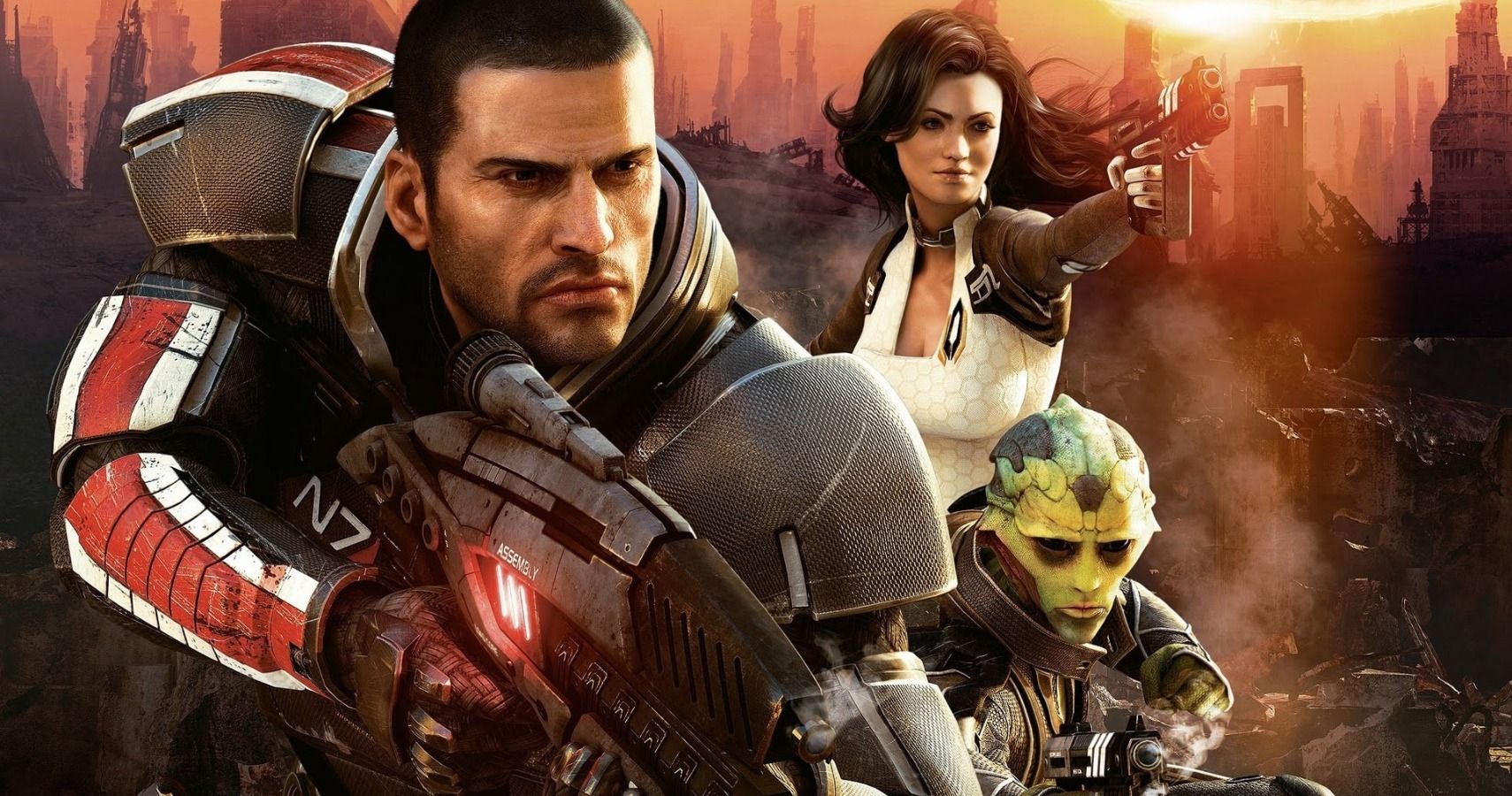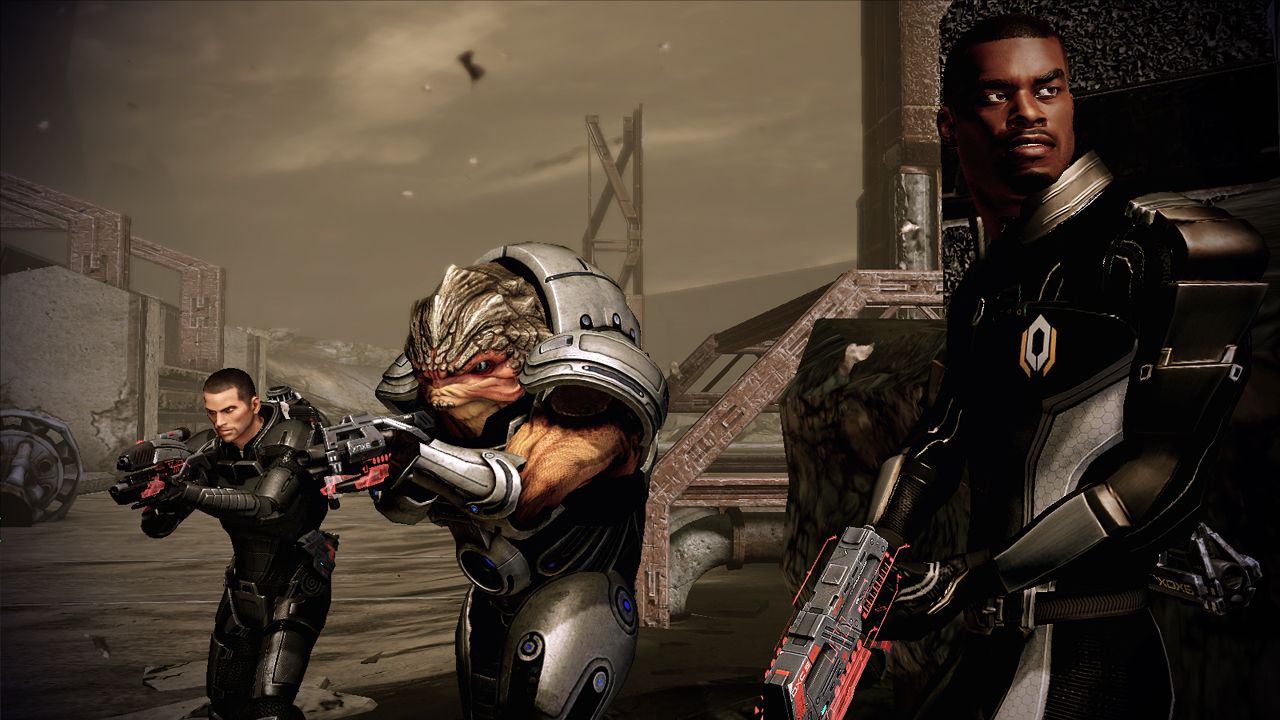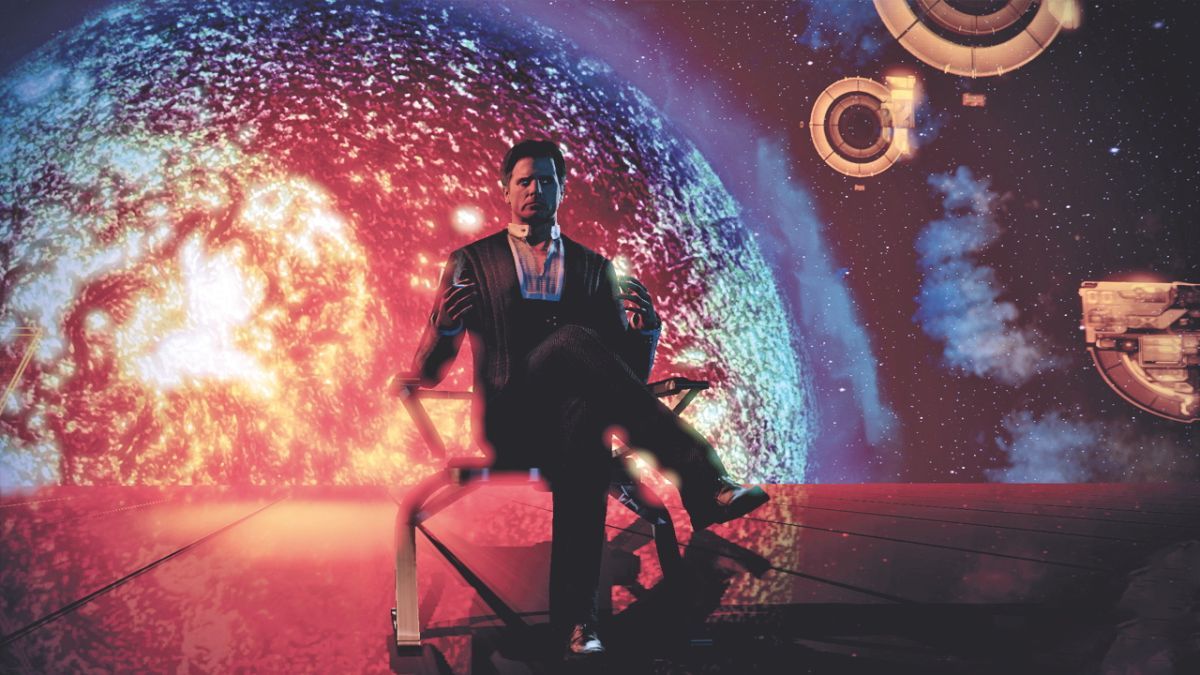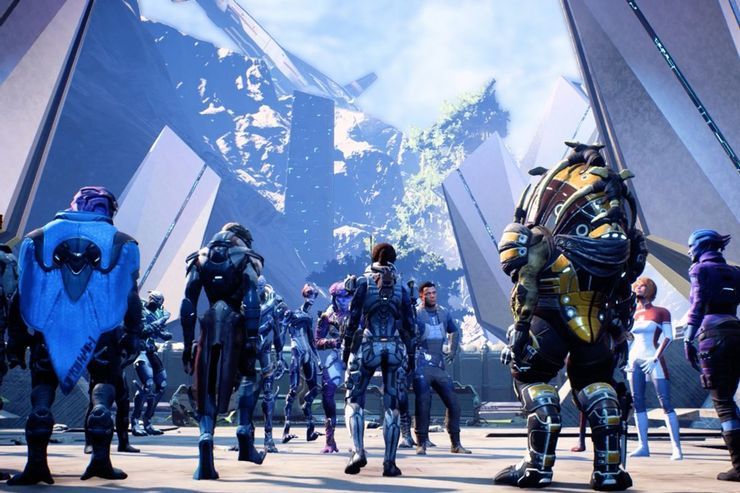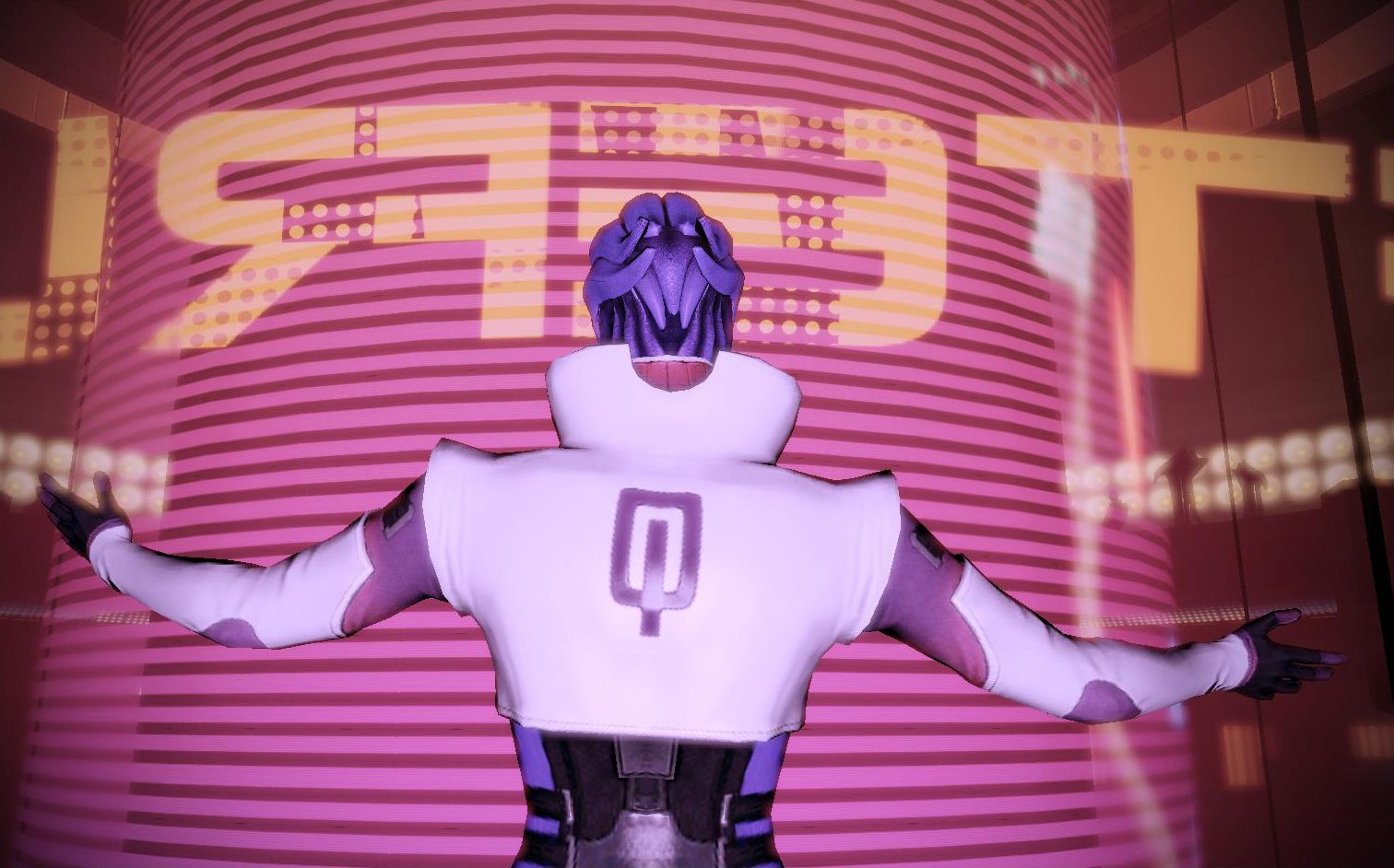The games industry is globally renowned for its terrible relationship with crunch culture. From reports of Naughty Dog crunching on The Last of Us Part 2 to the massive controversy surrounding Red Dead Redemption 2, it seems that an enormous amount of triple-A development regularly sees workers engage in intense overtime to meet harsh deadlines. It’s worth remembering that The Witcher 3 developer CD Projekt Red once stated that its crunch would be more humane with Cyberpunk 2077, before the CEO went on to admit that his comments about crunch not being that bad were “utterly bad.”
I’ve been speaking to lots of people who used to work at BioWare over the last few weeks, during which time I’ve learned a few things. Crunch was reportedly terrible on the first Mass Effect game, and while the company maintained a decent work/life balance for Mass Effect 3, there were still elements of needing to rush to meet a deadline. Strangely enough, Mass Effect 2 - according to people who worked on it - managed to strike that balance perfectly, and was actually playable a full year before launch.
“Mass Effect 2 was the most well received of the Mass Effect games,” Mass Effect 2 development director Dorian Kieken tells me. “But did you know it was also the one with the least overtime, as well as the closest to initial budget and deadline?
“For me, it's a great reminder that you don't have to kill your teams or throw crazy budgets to have fantastic results. It's about having a focused vision and making the right choices during development. A great example of that was the decision to remove inventory management early on in Mass Effect 2, which allowed us to focus a lot more on the minute-to-minute core gameplay.”
Mass Effect 2 and 3 senior gameplay designer Patrick Moran expands on this, noting that each project lead at BioWare kept a spreadsheet with itemized issues in previous titles that they wanted to address in future games. He explains that project lead Casey Hudson was able to drive quality across even a game’s most minute details, which simultaneously operated as both a bottleneck for the team and a driver of consistency and quality.
“For Mass Effect 2, we were able to address most of the items and have the game's story fully playable more than a year before shipping,” Moran tells me. “I'm really proud the Montreal team I helped seed were able to save unchartered world missions with very limited resources, which were slated to be cut from Mass Effect 2.
“Ultimately, Mass Effect 3 didn't see the same leap forward as Mass Effect 2, due to time and budget pressures from EA to make sure it shipped as close to on time and on budget as possible. Mass Effect 2 didn't meet sales expectations, despite its critical acclaim. Ray [Muzyka] and Greg [Zeschuk] were transitioning out of the company, and giving autonomy to new leaders, so their voices were fading into the background.”
Moran also explained that there was a strange dynamic between BioWare’s offices in Edmonton and newly-formed Montreal studio, which he experienced while working on a standalone multiplayer FPS title that was eventually converted into Mass Effect 3’s multiplayer component.
“While I'm not Canadian and can't fully appreciate the anglophone vs francophone tension, the Mass Effect design team in Edmonton were outwardly upset at the opening of a Montreal studio,” Moran says. “The Montreal studio, who owned a great deal of Mass Effect 3, were undermined internally back in Edmonton, where the Montreal studio wasn't geographically represented. They infamously repeated the refrain that the Montreal studio was a ‘Gong Show’ and couldn't be trusted to work on Mass Effect, and it took hold in Edmonton as a belief. Now, I better understand employees who were born in and never planned to leave Edmonton feared it might be the beginning of the end for the one game studio in town (now there are several). Ultimately, they were scared, there wasn't enough upward momentum for the employees who had been at BioWare for over a decade, and the Canadian anglo/franco rift increased tensions.”
Still, Moran maintains that Mass Effect 2’s production was special. After noting that every game he has worked on has received hundreds of cuts or reductions in scope - and explaining that this is a very normal process of editing and polishing something for launch - Moran explains that Mass Effect 2 “felt magically the entire production,” before stating that the team was actually able to ship even more than it originally planned. “Whereas on Mass Effect 3, it was more of a rush to ship it,” he adds.
Other writers provide concrete examples of this. While he doesn’t label it as crunch, Mass Effect 3 senior writer Neil Pollner is candid with me about the workload he was given after switching from Star Wars: The Old Republic to Mass Effect 3, which was already about halfway down the production pipeline.
“I was the only Mass Effect 3 writer not located in Edmonton,” Pollner tells me. “I was given all the storylines involving Aria T'Loak as well as a lot of the content on the Citadel. Because Carrie-Ann Moss' VO session had to happen before the Citadel had been designed, I had to write all of the Aria content in two weeks without knowing the map/layout or how moving around the Citadel would work.
“We weren't going to be able to get Carrie-Ann back in the booth, so everything rode on the coverage I was able to get. Anticipating any and all possibilities regarding the space and settings was a very challenging task and super risky. I'm pleased that it worked out, even if some of the very general dialogue I had to resort to makes me cringe when I play it.”
Pollner didn’t work on Mass Effect 2, but his comments about having to write Aria’s entire arc in two weeks are indicative of the fact that development moved much quicker on Mass Effect 3. It’s worth noting that Pollner was also a writer on Mass Effect Andromeda, and clearly explains why its development was so different to that of the original trilogy.
“As far as why the approach was different from the original trilogy, there are many reasons,” Pollner says. “Not the least of which, we didn't have the same amount of time to make the game as the team had for the first Mass Effect. But I think the thesis statement for why is that the Mass Effect trilogy was an incredibly demanding endeavor. The checks that were written for it, the complexity of the experience, was insanely massive. The team worked their asses off non-stop for so many years, on back-to-back-to-back games. The prospect of doing the same thing again was not only exhausting to imagine, but totally impractical!
“Some of the ‘lessons’ learned from the original trilogy are ones that are important for game development but result in the player experience being less. When you're talking about triple-A development, the original trilogy is actually the anomaly, not Andromeda.”
To return to Kieken, who was in charge of multiple departments for both Mass Effect 2 and Mass Effect 3, there were several reasons as to why BioWare struck gold in relation to its anti-crunch culture on the series’ second game.
“We used a few tricks to create and maintain a strong culture,” Kieken says. “We were pretty explicit on our mission and core values. Back then, for BioWare it was, ‘Deliver the best story-driven games in a context of humility and integrity,” and we filtered all our decisions through that lens.
“[The first] Mass Effect was really bad from a crunch point of view, particularly the last year. We lost quite a few folks because of that. Mass Effect 3 might have not been as balanced as Mass Effect 2 in its development, but it still had an overall good work/life balance.
“I'll take working smart over working hard anyday. Games are complicated and long developments. If you want strong results in the end, you need other tools than brute force or sprinting.”

